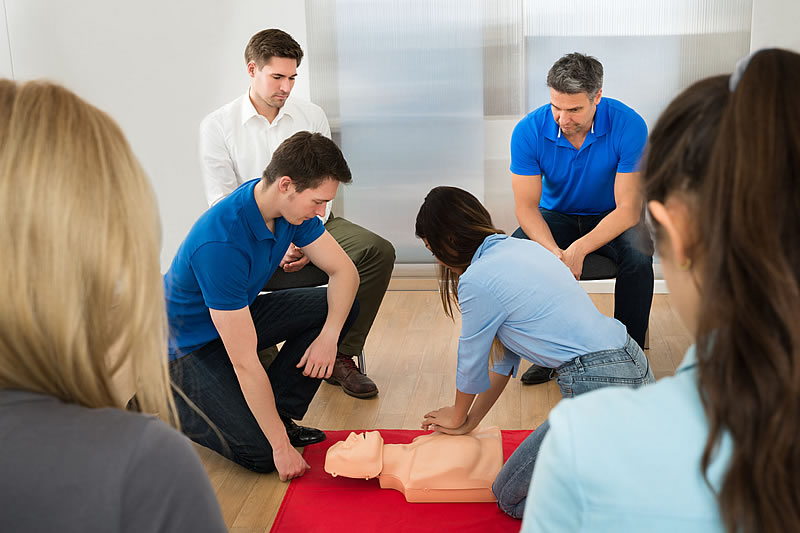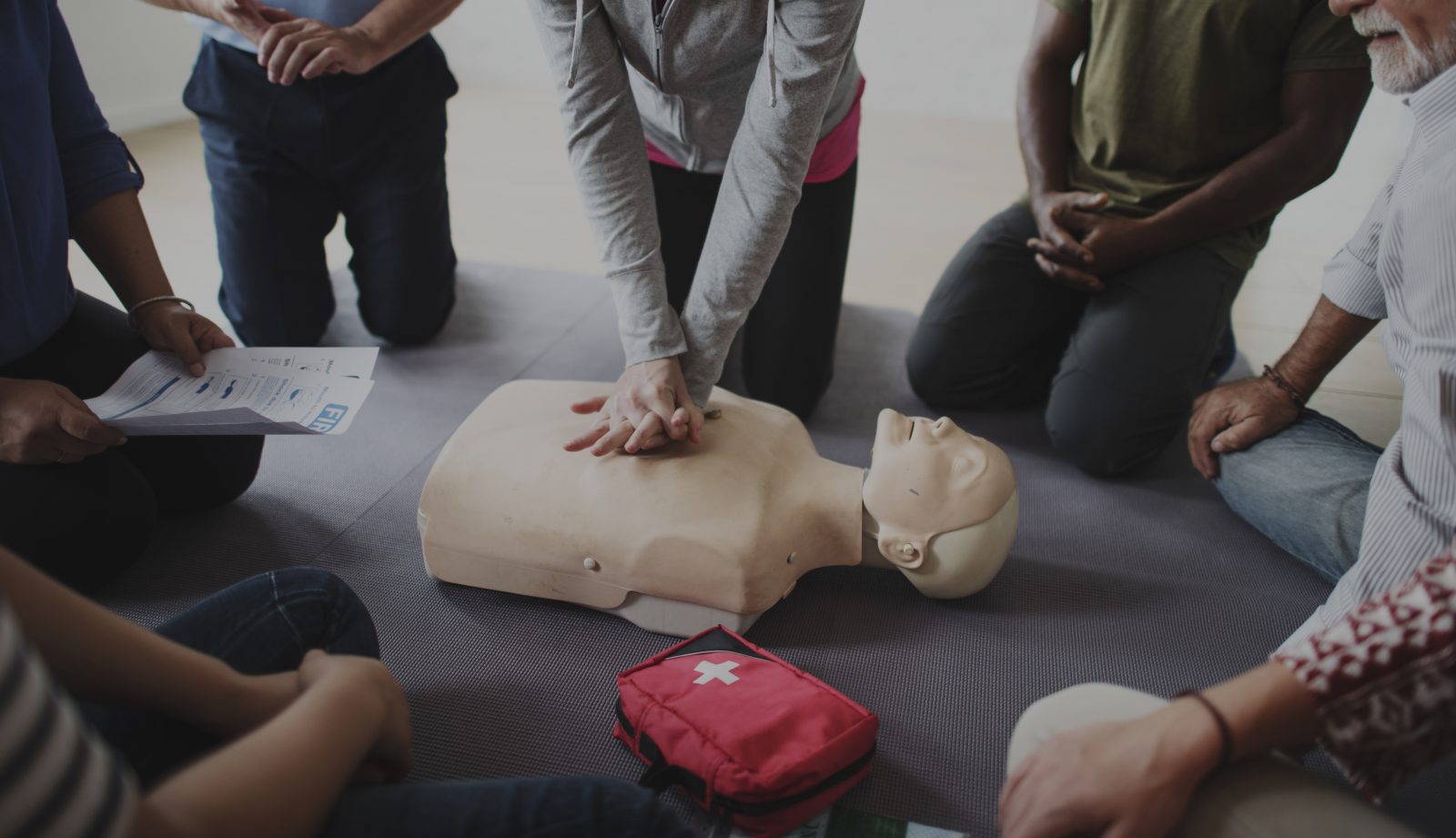
CPR/First Aid Classes – Corporate and Group Classes May 7th – 11th
CPR/First Aid – Corporate and Group Classes May 7th – 11thUniFirst First Aid + Safety offers weekly CPR classes for companies and groups, UniFirst First Aid + Safety’s CPR, AED and first aid training program will help employers meet OSHA and other federal and state regulatory requirements for training employees how to respond and care for medical emergencies at work. This 2[..]




